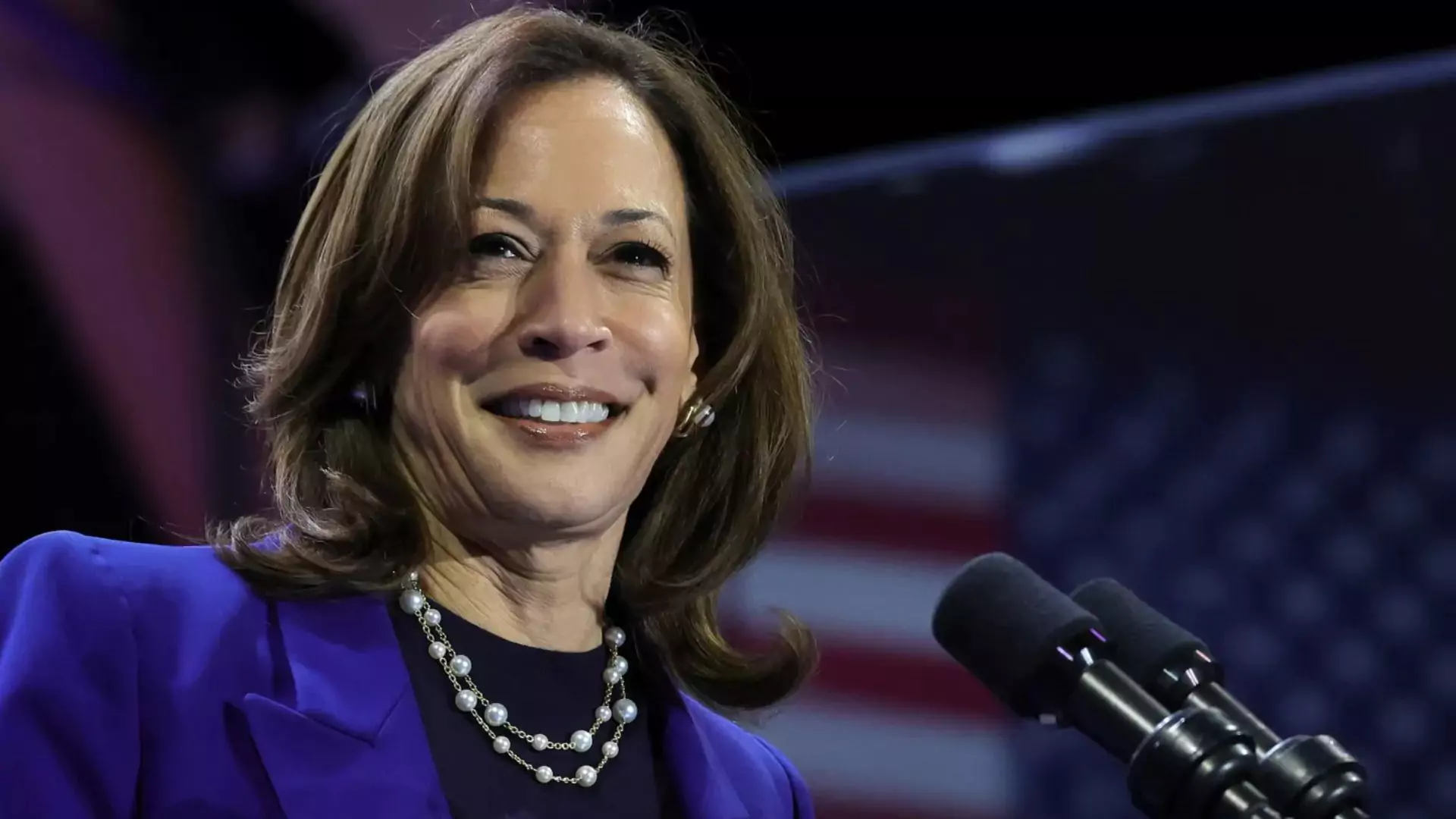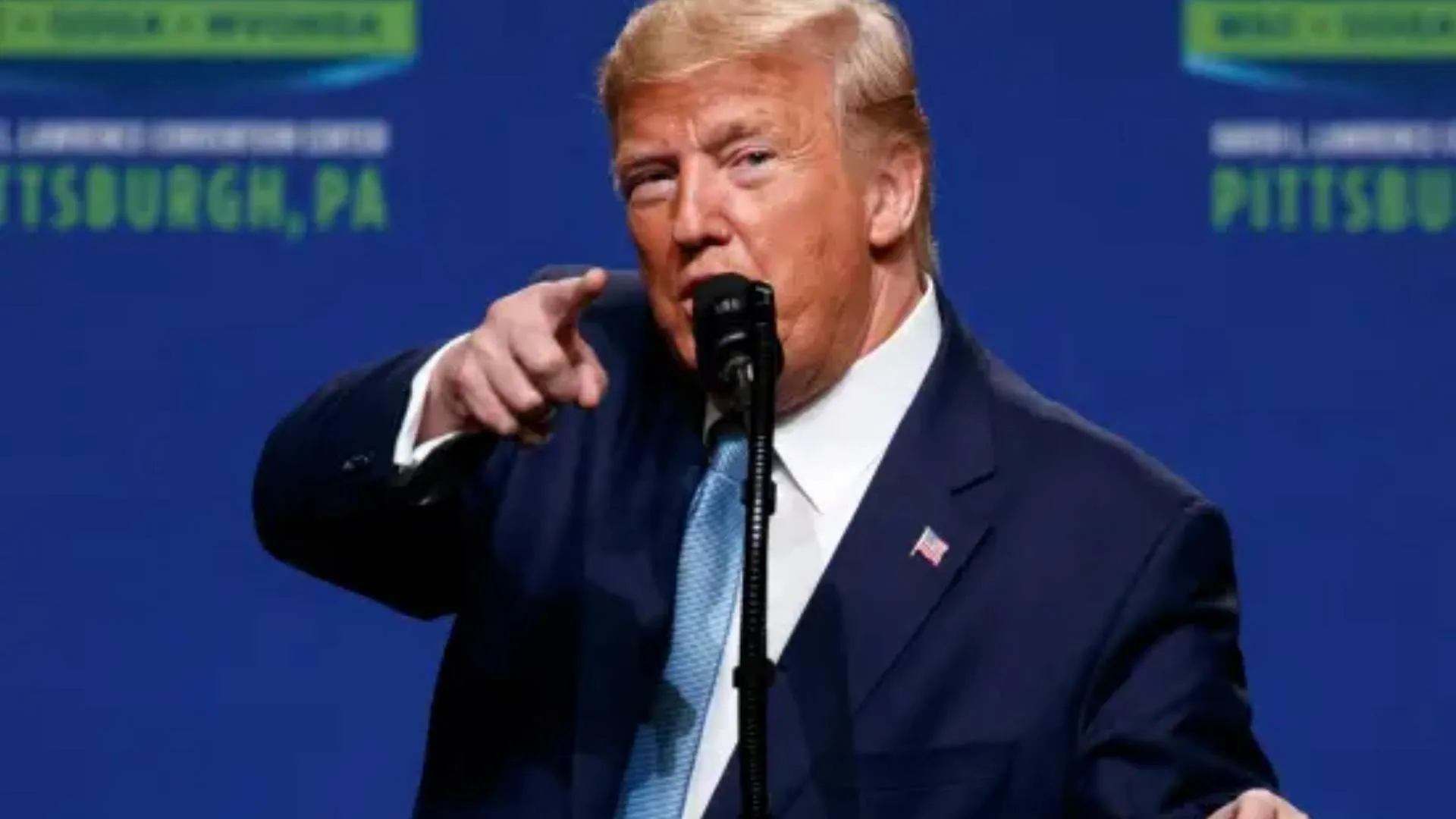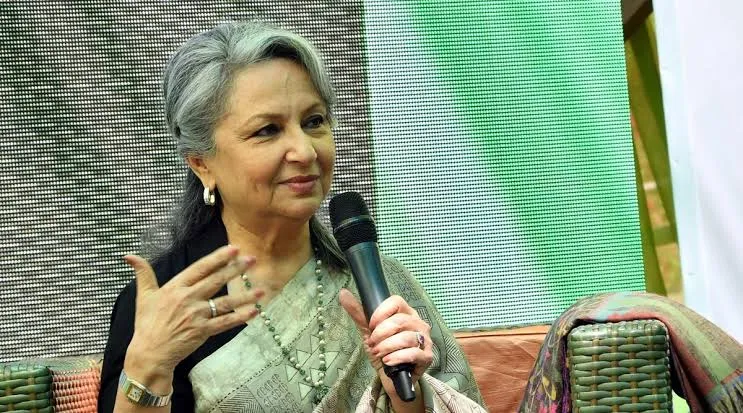With Election Day looming, veteran pollster Nate Silver’s final forecast paints a picture of an incredibly close presidential race between Vice President Kamala Harris and former President Donald Trump. According to Silver, this race is “literally closer than a coin flip.” With simulations showing Harris winning a razor-thin margin of the Electoral College, experts warn that this election could go either way. Here’s a closer look at the forecast, battleground states, and what could tip the scales.
A 50-50 Race: Harris’s Narrow Lead in Final Forecast
In Silver’s latest projections, Harris is forecasted to win the Electoral College in just 50.015 percent of the 80,000 simulations run. The number represents one of the closest calls in U.S. election forecasting, as Silver noted, with Harris’s advantage slimmer than the probability of heads winning in a coin toss. Silver remarked, “When I say the odds in this year’s presidential race are about as close as you can possibly get to 50/50, I’m not exaggerating.”
This year, Silver doubled the number of simulations in the model — from the usual 40,000 to 80,000 — in light of how tight the race has become. Even with the expanded dataset, Harris’s lead barely holds, reflecting the deep national divide among voters.
Battleground States: A Marginal Gap in Key Regions
Silver’s forecast highlights the critical importance of the battleground states, which remain evenly split, leaving either candidate a path to victory. Six out of seven key swing states, he noted, are too close to call, with the polling average difference within 1.2 percentage points. Arizona is the exception, where Trump holds a slightly clearer lead.
Silver’s model underscores how a minor swing in any of these states could change the trajectory of the election, emphasizing that even small shifts in voter sentiment could have an outsized impact on the final Electoral College outcome.
Betting on the Race? Silver Recommends Against It
The unprecedented tightness of the race has left Silver reluctant to bet on a particular candidate. “If I were offered a bet on this election,” he said, “I wouldn’t put money on either of the candidates because Harris’s lead is so narrow.” Silver’s advice underlines the uncertainty in this year’s forecast and the near-equal chance that either Harris or Trump could emerge victorious.
This hesitancy comes despite Silver’s earlier projection, nearly two weeks ago, when he shared in a New York Times op-ed that his “gut” pointed to a Trump victory. However, he urged caution against relying on instincts, stating, “My gut says Donald Trump. And my guess is that it is true for many anxious Democrats.” Yet, he warned readers not to place much weight on anyone’s gut feeling — including his own. Instead, he suggested focusing on the empirical data, accepting the 50-50 forecast as genuinely representative of the race’s uncertainty.
The Polling Landscape: Harris and Trump in a Statistical Tie
Adding to the tension, recent polling averages further demonstrate the closeness of the race. The latest aggregate poll from The Hill/Decision Desk HQ (DDHQ) shows both Harris and Trump tied at 48.4 percent each in national support. This deadlock underscores Silver’s point that the forecast is as close to a toss-up as possible, reflecting a highly polarized electorate.
The DDHQ polling results signal that neither candidate has been able to gain a definitive edge in the weeks leading up to Election Day, leaving millions of undecided or swing-state voters with the potential to determine the outcome.Silver’s Final Take: Embrace the Uncertainty
In light of this historically close election, Silver has urged voters and analysts to accept the inherent uncertainty of this 50-50 forecast. “You should resign yourself to the fact that a 50-50 forecast really does mean 50-50,” he advised, emphasizing that the forecast could be equally wrong for either candidate.
Silver’s statement serves as a reminder that while polling and simulations offer insights, they can’t account for last-minute changes in voter turnout, unexpected events, or the complexities of the Electoral College. His closing advice to voters is to stay open-minded about the outcome, understanding that unforeseen shifts could tilt the balance in favor of Trump or Harris.






















